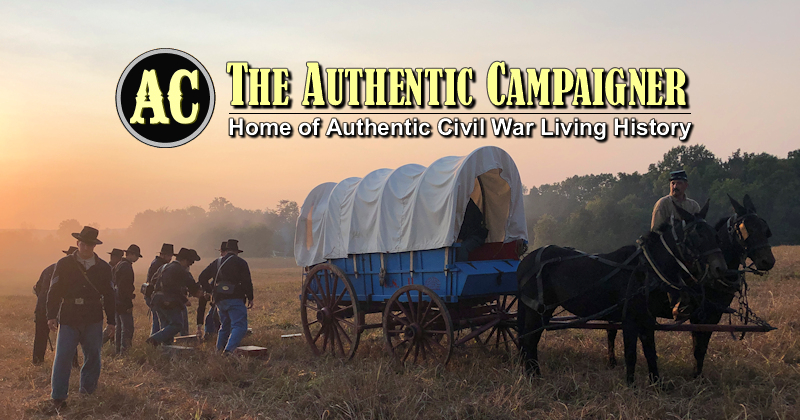Can someone more knowledgable than me explain what exactly a Veteran Volunteer was? Here is the context-
My ancestor, Andrew J Smith, enlisted in Feb. 1862 for a period of 3 years or the duration of the war into the 77th NYSV. In April 1863, he transferred to the 1st Battry. New York Independent Light Artillery. I just found out today, and I have a copy of the form, that on March 24, 1864 he was mustered out of the service and re-mustered back in as a Veteran Volunteer. The discharge/re-muster paper is signed by Capt. Andrew Cowan who commanded the 1st NY Independent Battery so he mustered out and mustered back in into the same unit.
What is a veteran volunteer? And why would he do this seeing as how his enlistment wasn't up yet? And why would he do it all in the same unit?
Thanks
My ancestor, Andrew J Smith, enlisted in Feb. 1862 for a period of 3 years or the duration of the war into the 77th NYSV. In April 1863, he transferred to the 1st Battry. New York Independent Light Artillery. I just found out today, and I have a copy of the form, that on March 24, 1864 he was mustered out of the service and re-mustered back in as a Veteran Volunteer. The discharge/re-muster paper is signed by Capt. Andrew Cowan who commanded the 1st NY Independent Battery so he mustered out and mustered back in into the same unit.
What is a veteran volunteer? And why would he do this seeing as how his enlistment wasn't up yet? And why would he do it all in the same unit?
Thanks



Comment